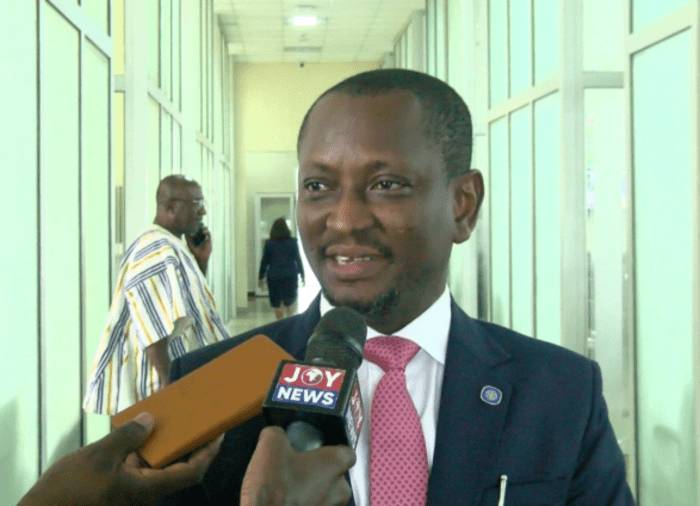Chief Justice Must Be Notified Before Removal Process – Former Deputy AG
Former Deputy Attorney General Alfred Tuah-Yeboah has stressed that Chief Justice Gertrude Torkornoo must be notified and allowed to respond before any removal process begins under Article 146(3) of the 1992 Constitution. His remarks follow a lawsuit filed by former Attorney General Godfred Yeboah Dame on behalf of Old Tafo MP Vincent Ekow Assafuah, who is challenging the legality of President John Mahama’s handling of the Chief Justice’s potential removal. Tuah-Yeboah, speaking on Joy FM’s Midday News, explained that although the President must consult the Council of State when assessing a prima facie case, it is imperative that the Chief Justice is first informed and given a chance to respond before any decision is made. He emphasized that due process should be strictly followed, as dictated by the Constitution.
Tuah-Yeboah acknowledged that forwarding petitions to the Council of State aligns with Supreme Court precedent but raised concerns about whether the President and the Council of State could proceed without first notifying the Chief Justice. He noted that individuals may choose not to respond to letters, but when dealing with petitions, constitutional procedures require that the subject of the petition—in this case, the Chief Justice—must be given the opportunity to respond before any determination is made. He added that this requirement is the central argument in Assafuah’s lawsuit, which seeks judicial clarification on the proper interpretation of constitutional provisions governing the removal of a Chief Justice. The case raises questions about procedural fairness and the balance of powers in such matters.
On Tuesday, the presidency announced that President Mahama was consulting the Council of State following three petitions submitted to his office regarding the Chief Justice’s removal. However, Assafuah has invoked the Supreme Court’s original jurisdiction under Article 2(1)(b) of the Constitution to seek multiple declarations concerning the proper interpretation of the legal process. The case has ignited a legal debate, with constitutional experts weighing in on whether the process being followed adheres to the requirements set forth in the 1992 Constitution. As the legal battle unfolds, analysts expect the Supreme Court’s ruling to have significant implications for future cases involving the removal of high-ranking judicial officers.



